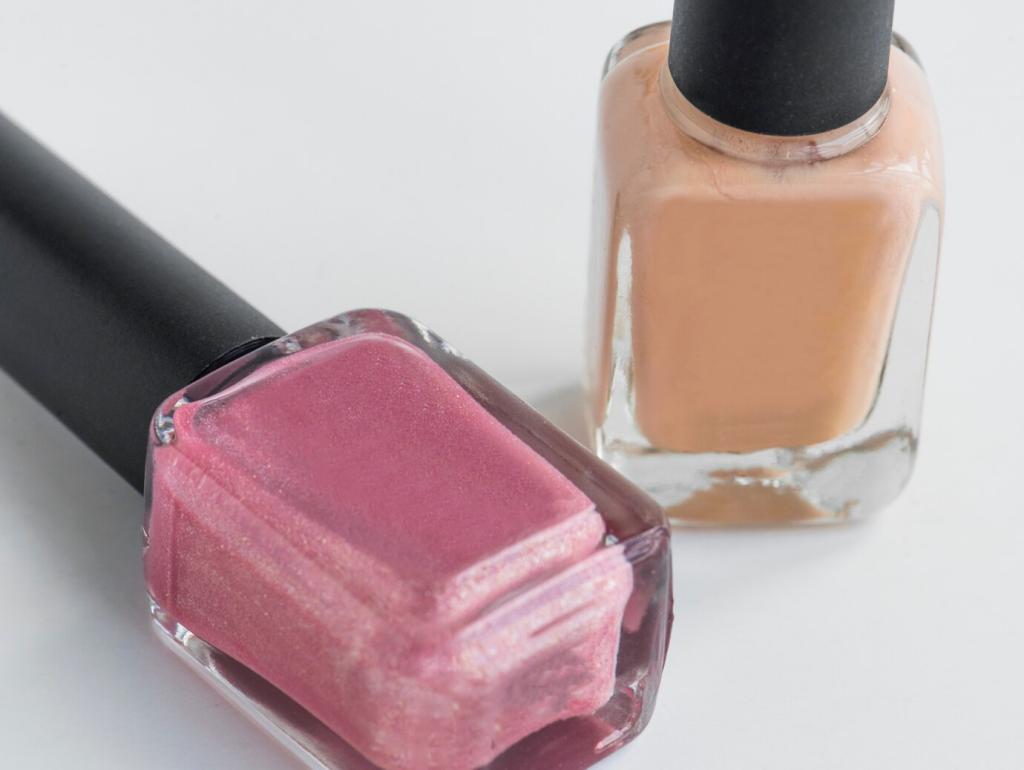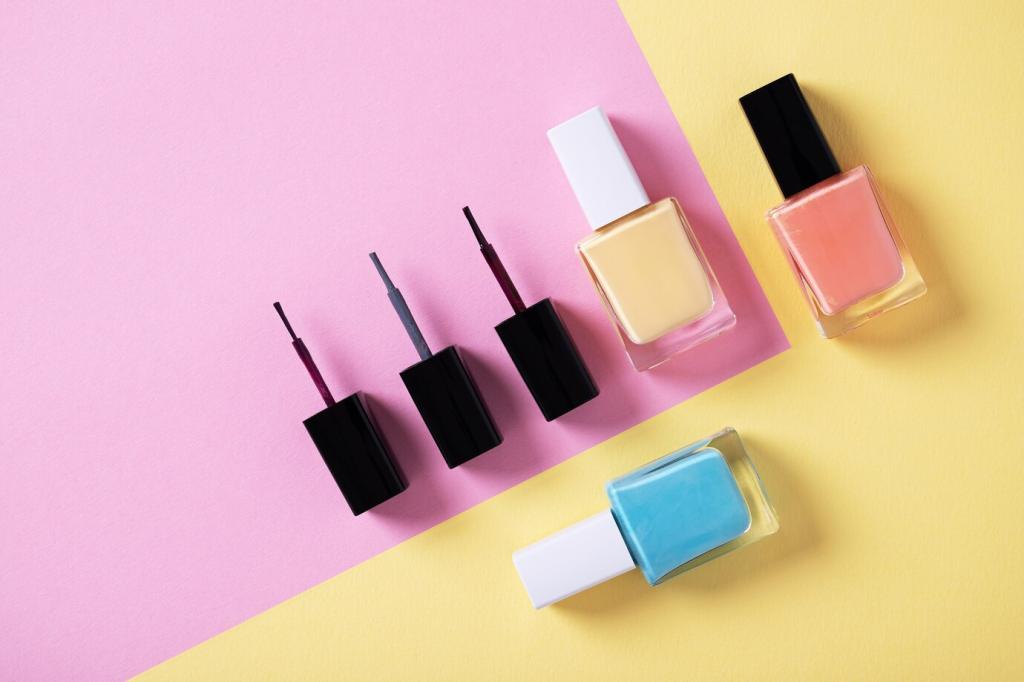Enhancing Walnut Wood with Suitable Polishes: Shine, Depth, and Lasting Protection
Know Your Walnut: Grain, Color, and Character
01
Walnut’s Visual Signature
American black walnut ranges from espresso heartwood to honeyed sapwood, with swirling grain and occasional fiddleback. The right polish enhances chatoyance, turning quiet surfaces into shimmering planes that shift beautifully with changing light in your home.
02
Hardness and Open Pores
With a Janka hardness around 1010 lbf, walnut is resilient yet workable. Its relatively open pores benefit from careful pore-filling or layered polish, creating a smooth, reflective finish that still preserves texture and tactile warmth.
03
Color Stability and Sunlight
Walnut typically lightens over time when exposed to sunlight, mellowing to a warm, golden-brown. Polishes with UV inhibitors and thoughtful placement away from harsh light help preserve contrast and maintain dramatic depth across broad tabletop surfaces.
Choosing the Right Polish: Oils, Waxes, and Traditional Finishes
Drying Oils for Depth
Pure tung oil or polymerized tung oil sinks deep, accentuating figure without plastic sheen. Multiple thin coats, properly cured, give walnut a rich, natural look that invites touch while resisting water rings with sensible care.
Wax for Velvet Glow
Beeswax or a beeswax–carnauba blend delivers a hand-rubbed, satin glow. Over an oil-sealed surface, wax adds slip and soft luster, perfect for pieces you like to buff occasionally and enjoy under warm, ambient lighting.
French Polish with Shellac
French polishing layers dewaxed shellac in whisper-thin passes, producing a luminous depth prized on walnut guitars and jewelry boxes. It’s laborious yet magical, with pore-filling via pumice creating that piano-smooth, reflective brilliance.

Surface Preparation: Sanding, Cleaning, and Pore-Filling
Progress through grits methodically, often 120 to 220 or 320 for oil finishes, keeping scratch patterns even. On walnut, avoid skipping grits; consistent, light pressure prevents dish-outs and keeps the grain crisp for later polishing stages.
Application Techniques: From First Coat to Final Buff
Apply oils sparingly with a lint-free cloth, flood and wipe within working time, then allow full cure. Thin, even layers build clarity and depth gradually, preventing gummy surfaces and blotchy spots that diminish walnut’s elegant complexity.
Application Techniques: From First Coat to Final Buff
After curing, lightly rub with gray then white non-woven pads or micro-mesh to level dust nibs. This subtle step transforms a good finish into a great one, making walnut’s figure appear sharper, calmer, and remarkably consistent.


Care and Maintenance: Keeping the Finish Glowing
Gentle Cleaning Routine
Dust with a soft, dry cloth and avoid silicone sprays that complicate future refinishing. A slightly damp cloth followed by immediate drying keeps grime at bay while respecting the delicate balance of oil and wax layers.
Periodic Refresh
For oil-and-wax finishes, re-wax lightly every few months, or re-oil annually if the surface looks parched. These quick rituals restore luster and saturation, keeping walnut’s chocolate notes bold and beautifully dimensional.
Strategic Placement and Protection
Use coasters, felt pads, and breathable runners where needed. Keep pieces out of harsh sunlight and away from vents, and invite readers to share their favorite protective tips in the comments to help everyone’s walnut age gracefully.
Dispose of oil-soaked rags properly to prevent spontaneous combustion. Lay flat to dry outdoors or submerge in water inside a sealed metal container, then follow local guidelines. Share this reminder widely—safety turns good projects into lasting joys.
Safety, Sustainability, and Product Choices
A Restorer’s Anecdote: Bringing a Walnut Table Back to Life
An inherited walnut table arrived gray and tired, its surface scuffed by decades of holiday plates. After careful cleaning, pore-filling, and patient coats of tung oil, the grain shimmered again—quietly commanding, warm, and welcoming.
When the final wax buffed to a velvet glow, the owner traced a finger along a ripple in the grain and smiled. “It looks like it remembers us,” she said, and subscribed to learn how to keep it glowing forever.
Have you revived walnut with a favorite polish combo? Post your process, products, and before–after photos in the comments, and subscribe for upcoming deep-dives into advanced pore-filling, French polishing, and low-sheen, kid-friendly maintenance.

